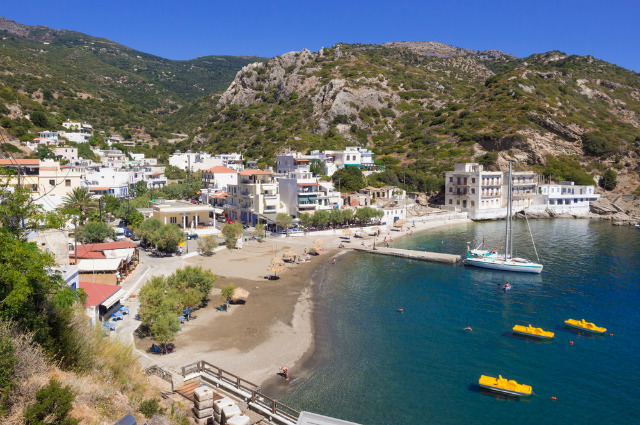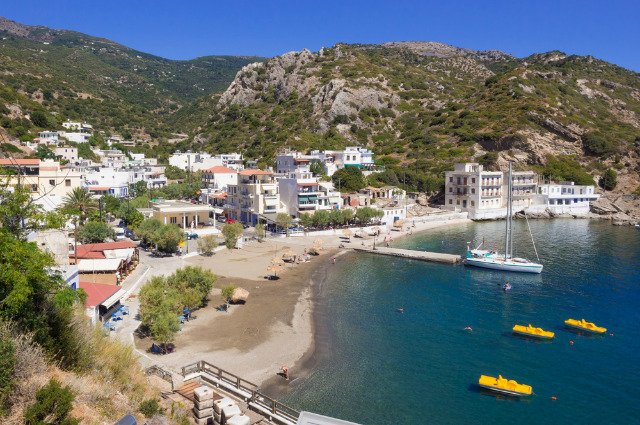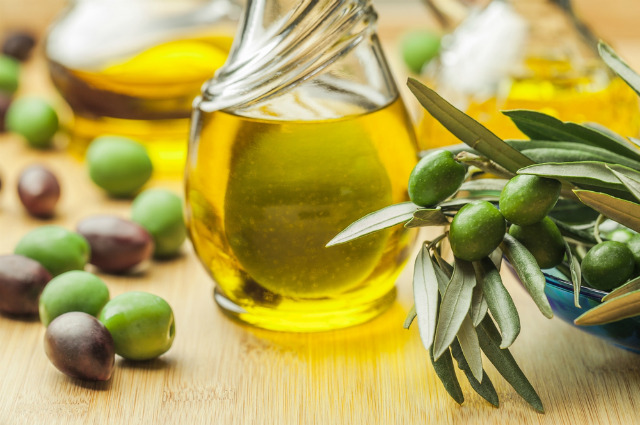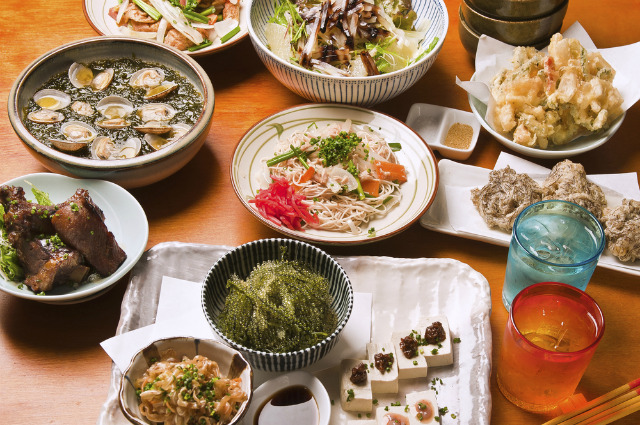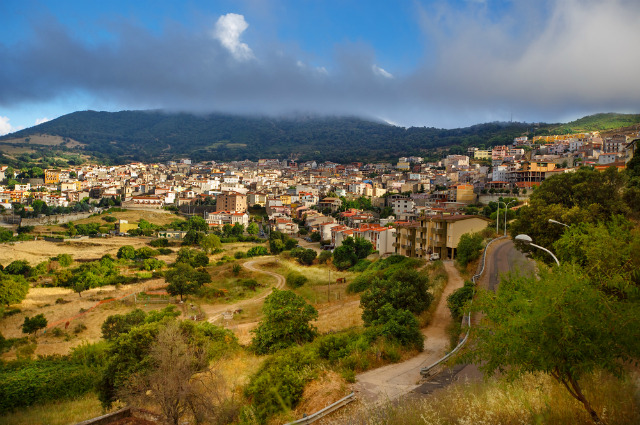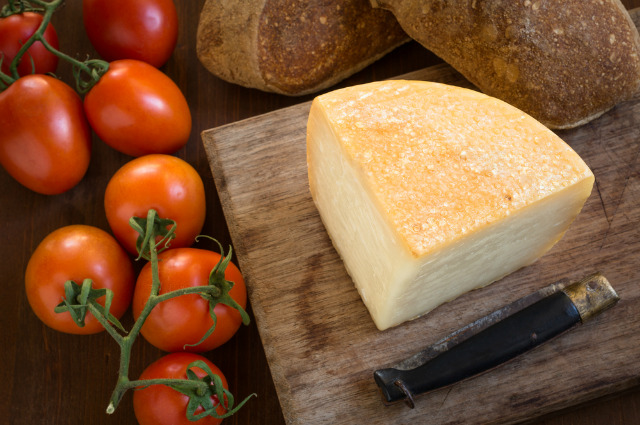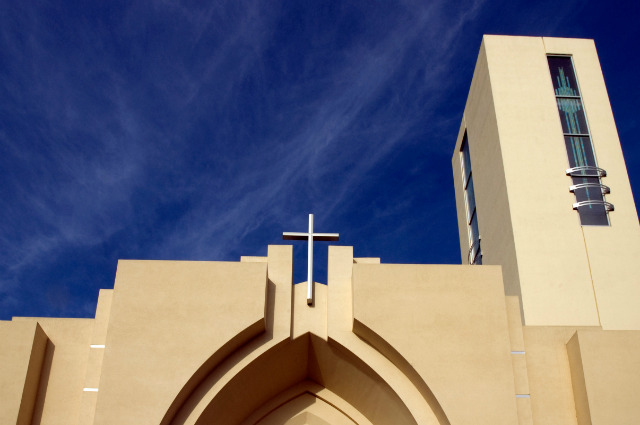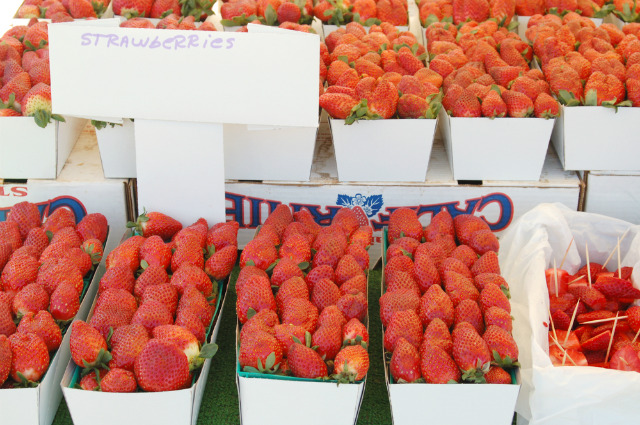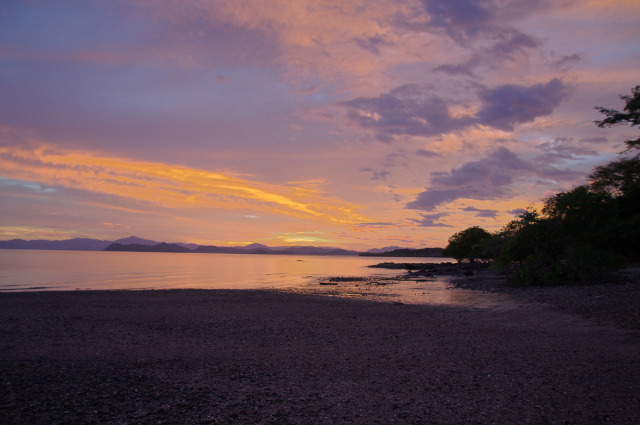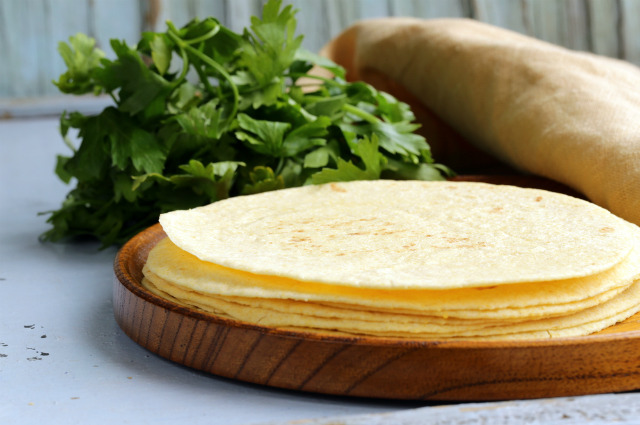10 Secrets From The World's Longest-Living People
Ikaria, Greece: The Lifestyle
According to a 2012 NY Times article by Buettner, the "traditional folk" of Ikaria live relaxing yet active lives. They wake naturally, spend time working in their gardens, eat late lunches followed by naps and after sunset, spend quality time socializing with their neighbors. Traditional exercise (think running, cycling, CrossFit) isn't a large part of the Ikarian lifestyle. Buetnner said it "played a small role at best." Instead, he suspects it's a combination of their healthful diet and daily socializing that contributes most to their unprecedented longevity.
Ikaria, Greece: The Diet
Buettner reported that the Ikarian diet consisted mainly of vegetables harvested from their gardens, legumes, leafy greens and "plenty" of olive oil. "Their diet was also typical: a breakfast of goat's milk, wine, sage tea or coffee, honey and bread," Buettner wrote. "Lunch was almost always beans (lentils, garbanzos), potatoes, greens (fennel, dandelion or a spinachlike green called horta) and whatever seasonal vegetables their garden produced; dinner was bread and goat's milk." Additionally, according to Buettner, Ikarians are known for drinking many antioxidant-rich herbal teas made with ingredients like wild mint or rosemary.
Okinawa, Japan: The Lifestyle
Okinawan's traditionally lead moderately active lives. Daily activities include everything from morning walks to traditional dance and cooking lessons, according to a report in Newsweek. Buettner accredited this population's longevity to the culture's notion of "ikigai," or "the reason for which you wake up in the morning." "[It] suffuses people's entire adult lives," he wrote. "It gets centenarians out of bed and out of the easy chair to teach karate, or to guide the village spiritually, or to pass down traditions to children."(Pictured here, the Okinawan village of Onna.)
Okinawa, Japan: The Diet
When Michael Booth, a reporter for The Guardian, visited Okinawa to investigate the population's diet, he was fed "rice and tofu, bamboo shoots, seaweed, pickles, small cubes of pork belly and a little cake at the local 'longevity café.'" Dr. Craig Willcox, co-author of The Okinawa Program and a long-time researcher of the Okinawan diet told Booth, "The Okinawans have a low risk of arteriosclerosis and stomach cancer, a very low risk of hormone-dependent cancers, such as breast and prostate cancer. They eat three servings of fish a week, on average ... plenty of whole grains, vegetables and soy products too, more tofu and more konbu seaweed than anyone else in the world, as well as squid and octopus, which are rich in taurine – that could lower cholesterol and blood pressure."
Sardinia, Italy: The Lifestyle
In Sardinia, Buettner found that a cultural attitude celebrating the elderly seemed to keep them "engaged in the community and in extended-family homes until they were in their 100s." He told Today reporters Linda Carroll and Jake Whitman that Sardinians typically walk many miles each day, a factor that likely contributes to the longevity of their physical health. According to the Blue Zones website, a few important Sardinian principles include: putting family first, celebrating elders, walking more and laughing with friends.
Sardinia, Italy: The Diet
The Sardinian people eat a mostly plant-based diet for the majority of their lives, Buettner told Carroll and Whitman. However, according to a report from NPR, when Buettner worked with a researcher to dig deeper into the Sardinian lifestyle, they found that the area's shepherds, who drive livestock from the mountains to the plains, were most likely to live to 100. According to Buettner, the shepherds eat lots of goat's milk and sheep's cheese. "Also, a moderate amount of carbs to go with it, like flat bread, sourdough bread and barley," NPR reporter Eliza Barclay wrote. "And to balance those two food groups out, Sardinian centenarians also eat plenty of fennel, fava beans, chickpeas, tomatoes, almonds, milk thistle tea and wine from Grenache grapes." (Pictured here, pecorino sardo, or "fiore sardo," a firm cheese from the Italian island of Sardinia, made from the milk of local Sardinian sheep.
Loma Linda, California: The Lifestyle
This area is mainly populated by members of the Seventh-day Adventist church, a community, according to NPR, that rejects smoking, drinking, dancing, TV, movies and "other media distractions." People here outlive the average American by about 10 years and their good health and longevity is attributed to regular, moderate exercise, spending time with like-minded friends, helping others, eating an early, light dinner and drinking plenty of water. (Pictured here, Loma Linda University Church.)
Loma Linda, California: The Diet
According to The Guardian, people living in this community mainly follow a vegetarian diet, and NPR reports their food choices are somewhat "biblical," with a large focus placed on grains, fruits, nuts and vegetables. Some eat small amounts of fish and most avoid non-natural sugars entirely. (Pictured here, Fresh strawberries at a street market; Loma Linda, California.)
Nicoya, Costa Rica: The Lifestyle
The Nicoyans in Costa Rica use the term plan de vida to describe a lifelong sense of purpose," Buettner wrote in The NY Times. "As Dr. Robert Butler, the first director of the National Institute on Aging, once told me, being able to define your life meaning adds to your life expectancy." Additionally, people living in the region are known for following a few simple healthy living philosophies, including drinking lots of water (Nicoyan water has a high calcium concentration), placing a large focus on family, eating a light dinner, maintaining friendly social networks and getting "sensible" amounts of sun. (Pictured here, a sunset over Nicoya.)
Nicoya, Costa Rica: The Diet
Beans are a staple in the Nicoyan diet, according to The Guardian, and Buettner says the "big secret" is the "three sisters" of Meso-American agriculture: beans, corn and squash. "Those three staples, plus papayas, yams, bananas and peach palms (a small Central American oval fruit high in vitamins A and C), are what fuel the region's elders over the century," NPR reported.
